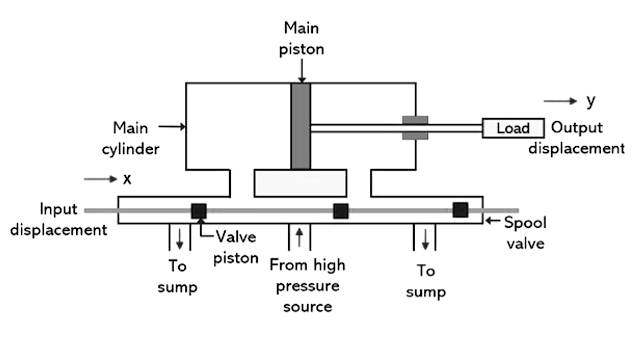Instrumentation and Control Engineering Interview Question and Answers
Instrumentation and Control Engineering Interview Question and Answers 1. What Is Instrumentation Control? Answer: In addition to measuring field parameters, instrumentation is also responsible for providing the ability to modify some field parameters. Some examples include :- Device Field Parameter(s) Valve Flow, Pressure Relay Voltage, Current Solenoid Physical Location, Level Circuit breaker Voltage, Current. 2. What Is Instrumentation Engineering? Answer: Instrumentation engineering is the engineering specialization focused on the principle and operation of measuring instruments which are used in design and configuration of automated systems in electrical, pneumatic domains etc. They typically work for industries with automated processes, such as chemical or manufacturing plants, with the goal of improving system productivity, reliability, safety, optimization and stability. Read also:- Instrumentation and control engineering 3. What Is Instrumentation? Answer: The...
